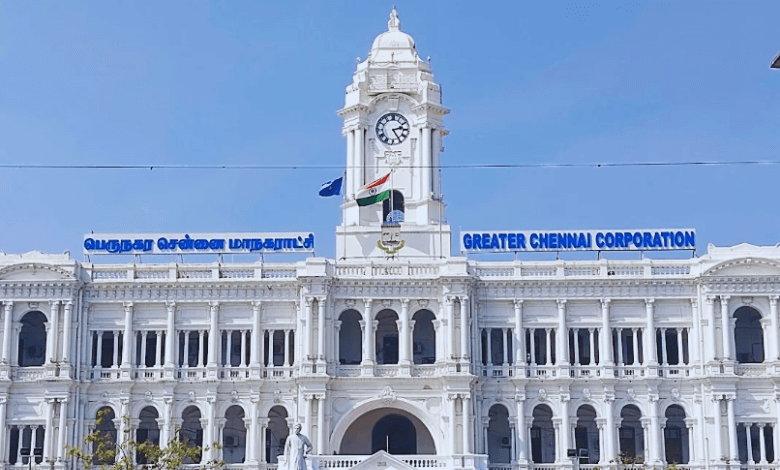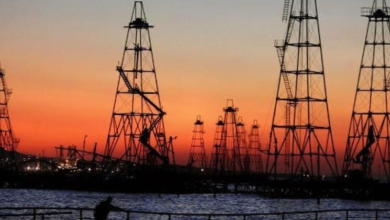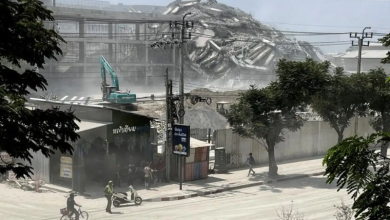Green Future: Chennai Corporation Teams Up with IFC for Climate Investment Push

Chennai, the bustling town in southern India, is gearing up for a transformative adventure towards weather resilience and sustainability.
The Greater Chennai Corporation (GCC) has set its points of interest on collaborating with the International Finance Corporation (IFC), a member of the World Bank Group, to drive weather investments as part of its comprehensive climate movement plan.
The upcoming partnership follows good sized deliberations and marks a massive milestone in the implementation of the Chennai Climate Action Plan (CAP).
At the heart of this initiative lies the development of a climate investment opportunities diagnostic, a strategic investment plan so that it will analyze and prioritize potential investments across various city sectors.
But what precisely is the Chennai Climate Action Plan, and what does it entail?
The Chennai Climate Action Plan (CAP) is a visionary roadmap designed to guide the city closer to reaching carbon neutrality by means of 2050. Remarkably, this goal is set two decades beforehand of the state’s goal to attain net-zero emissions with the aid of 2070.
Unveiled by way of Chief Minister M.K. Stalin on the Secretariat, the CAP facilities around six precedence areas crucial to preventing climate alternate:
Electrical Grid and Renewable Energy:
The plan makes a specialty of transitioning to renewable electricity sources and strengthening the electrical grid.
Building Energy:
It promotes electricity-green constructing practices to reduce emissions.
Sustainable Transport: The CAP aims to affect one hundred% of the Metropolitan Transport Corporation (MTC) bus fleet whilst enhancing sustainable transportation alternatives.
Solid Waste Management: Efforts are directed at improving waste control practices for cleaner surroundings.
Urban Flooding and Water Scarcity:
Measures are in area to address city flooding, water shortage, and beautify water management.
Vulnerable Populations and Health: The plan prioritizes the welfare of prone groups and public health.
Unlocking Climate Investment Potential:
Chennai’s bold vision for 2050 includes electrifying the whole MTC bus fleet, expanding urban inexperienced spaces to cowl 35% of the town, and retrofitting slum housing for heat resilience—all in a bid to end up carbon impartial.
The CAP launch rite saw the presence of key dignitaries, inclusive of Minister for Environment and Climate Change Siva V. Meyyanathan, Chief Secretary V. Irai Anbu, Additional Chief Secretary to the Departments of Environment and Climate Change Supriya Sahu, Mayor R. Priya, and representatives from C40 Cities, emphasizing the importance of this initiative.
Chennai’s Climate Challenges:
As Chennai movements forward with the implementation of its climate movement plan, it should grapple with a chain of climate-associated challenges.
These consist of sea water intrusion, floor water pollution, groundwater infection, decreased waterbody levels, water shortage, declining rainfall, city warmness islands, coastal floods, severe winds, irregular monsoons, and floods.
Shocking information monitor that approximately 29% of Chennai is at risk of flooding over a five-year duration with just 20 cm of rainfall. Moreover, a dazzling 56% of the metropolis faces a flood risk over a one hundred-12 months length with 47 cm of rainfall.
These flood occasions disproportionately have an effect on slum residents, with an predicted 3.8 lakh people enduring flood-related hardships every five years.
In addition to flooding, Chennai additionally faces the grim prospect of sea degree rise. An predicted 67 sq.Km of the city’s coastal location is expected to be permanently inundated with the aid of 2100 due to rising sea degrees, impacting round 10 lakh residents in low-earnings neighborhoods.
Protecting Vital Facilities:
The drawing close demanding situations increase to the inundation of critical civic infrastructural facilities. By 2100, it’s miles projected that 28 bus stops, four suburban railway stations, 18 Metrorail stations, 3 sewage treatment plants, strength flowers, 14 faculties, 12 hospitals, 5 fire stations, three police stations, and 18 remedy centers might be submerged due to rising waters.
Chennai Corporation’s Climate Resilience Initiatives:
To combat these imminent disasters and protect the metropolis’s destiny, the Chennai Corporation is set to embark on a series of initiatives geared toward reaching carbon neutrality and water stability by way of 2050.
ALSO READ : Climate Crisis Amplifies Extreme Rainfall: New York’s Recent Deluge
As a part of its dedication to sustainable mobility, civic organizations will broaden crucial infrastructure to facilitate 80% of all journeys through taking walks, cycling, or public shipping—a large step in the direction of lowering emissions and constructing a weather-resilient Chennai.
The collaboration among GCC and the International Finance Corporation indicates a promising partnership that will bolster Chennai’s efforts to combat climate change, defend vulnerable groups, and steady a sustainable destiny for the town. As Chennai takes ambitious strides closer to turning into carbon impartial with the aid of 2050, the sector watches closely, longing for a brighter and extra climate-resilient urban future.



